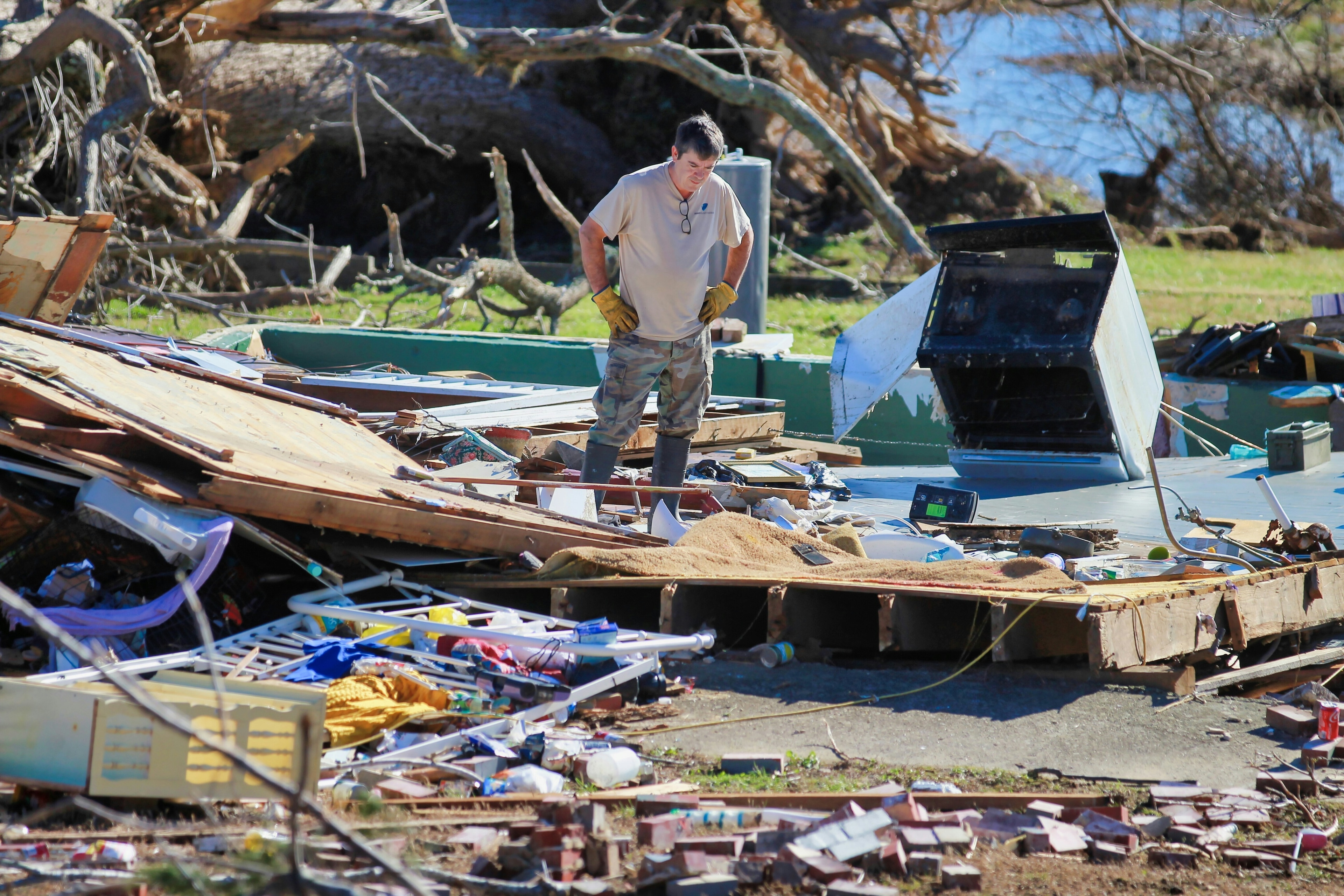Why governments should make sustainable capital investments

Stay up to date:
Agile Governance
It’s hard to miss headlines about the perils of investing without considering climate change. FromHSBC to the G20, institutional investors are concerned about inherent risks from failing to consider what happens when climate reality meets economic reality – but what about governments?
Several states have implemented carbon pricing and the federal government set a social cost of carbon, but state governments looking to make sustainable infrastructure investments with dwindling budgets haven’t had a way to calculate how today’s purchases will fare decades down the road – until now.
A new economic calculation from the Global Footprint Network, Net Present Value Plus (NPV+), can help state officials better estimate return on investment from sustainable capital project expenditures through lifecycle accounting. And the results of a Maryland pilot program hint at the potential to make sustainable long-term purchases in a climate-constrained world.

Internalizing External Costs And Benefits
State governments traditionally make purchasing decisions with an eye toward today’s taxpayer. Which capital expenditure is the best possible value today for government infrastructure demands and the best use of existing and expected tax revenue?
This constrains governments into making decisions based on today’s cheapest option without projecting tomorrow’s reality. The benefits of healthy ecosystems, social costs of carbon pollution, ongoing costs of climate change, and fossil fuel prices in a low-carbon future don’t have market values today and aren’t included in the equation.
Seems ironic policymakers expecting today’s investments to retain value in 10, 20, or even 30 years would assume the climate and resource availability will remain constant – but anyone who’s worked in government will agree the easiest path through red tape is doing things like they’ve always been done.
But with NPV+, the paradigm changes and governments can make long-term investments with a complete cost-benefit analysis. NPV+ combines various energy price scenarios with factors like benefits of ecological resiliency and costs of environmental degradation to calculate the value of long-term investments in present-day dollars.
“With NPV+, we internalize some of the unpriced, yet very real, costs and benefits normally externalized in a cost-benefit analysis,” said Chris Nelder, Global Footprint Network NPV+ Project Lead. “And we use scenarios to set the analysis in a more realistic context than simply assuming the future will be just like the past.”
NPV+ Maryland Pilot Program Results
NPV+ sounds theoretical, but it’s been tested. A pilot program completed in Maryland with the support of former Governor Martin O’Malley and the Rockefeller Foundation used NPV+ to evaluate vehicle fleets, home energy efficiency, and land conservation.
“None of us would buy a home or car if we looked at the outlay in any given year,” said O’Malley in an interview with Governing Magazine. “But over the course of many years, a car gets us to and from work, and a home gives us a loving place to raise a family. For states, it is important we have a better understanding about what an investment returns over its lifecycle: The sum of the purchase price plus the benefits that come back to us as a people.”
O’Malley’s analogy is appropriate given the NPV+ evaluation of state vehicle fleet options, comparing a 2013 Ford Focus to a 2013 Nissan Leaf for general use, and a 2014 Chevrolet Caprice to a 2014 Chevrolet Tahoe for state police use. NPV+ found the cost of owning a Nissan Leaf over 10 years was roughly equal to the Ford Focus even though the Leaf costs twice as much to buy. For the Caprice and Tahoe, NPV+ found the sedan would be cheaper to own over four years due to higher fuel economy and lower maintenance costs. As a result, O’Malley issued an executive order directing Maryland to buy more zero-emission vehicles.

The sustainable investments benefits are even clearer when it comes to energy efficiency. NPV+ was applied to over 3,100 Maryland residential weatherization investments and showed that over 20 years an initial $18 million investment realistically saves a net $28-$69 million in avoided natural gas use (855,452 Mcf), and reduced electricity consumption (287,280 MWh), depending on the discount rate. Weatherization also builds long-term resiliency against energy price shocks, reduce utility infrastructure costs, and cut emissions.

What about investments without tangible monetary value? NPV+ covered the topic by evaluating a 183-acre wetland conservation project on Maryland’s Eastern Shore. The total purchase price was just over $1 million dollars, but will deliver between $6-$16 for every dollar spent in benefits like flood prevention, stormwater management, and ecosystem protection, depending on the discount rate.
A Liberal Dream or Ahead of Its Time?
Certainly, not all state governments embrace the O’Malley administration’s foresight. O’Malley was a leader in renewable energy and climate policy, and advocated data-driven government. One of the first actions taken by his Republican successor, Governor Larry Hogan, was to undo environmental regulations.
Still, NPV+ could soon be seen as ahead of its time, especially considering pending EPA power plant emissions regulations and international climate action at the United Nations’ COP21 conference.
“The day is coming when we won’t be able to get away with pretending no one has to pay for environmental damage and consequent effects like climate change,” said Nelder. “NPV+ is a way for policymakers to grapple with a changing world in conventional budgeting terms and make intelligent long-term investments.”
And to paraphrase the iconic climate change cartoon, what’s the worst that can happen – we invest sustainably and create a better world?
This article is published in collaboration with The Energy Collective. Publication does not imply endorsement of views by the World Economic Forum.
To keep up with the Agenda subscribe to our weekly newsletter.
Author: Silvio Marcacci is Principal at Marcacci Communications.
Image: Silhouetted workers walk in front of office towers in the Canary Wharf financial district. REUTERS/Luke MacGregor.
Don't miss any update on this topic
Create a free account and access your personalized content collection with our latest publications and analyses.
License and Republishing
World Economic Forum articles may be republished in accordance with the Creative Commons Attribution-NonCommercial-NoDerivatives 4.0 International Public License, and in accordance with our Terms of Use.
The views expressed in this article are those of the author alone and not the World Economic Forum.
Related topics:
Forum Stories newsletter
Bringing you weekly curated insights and analysis on the global issues that matter.
More on Economic GrowthSee all
Emily Bayley
August 28, 2025
John Letzing
August 27, 2025
Tariq Bin Hendi
August 26, 2025
Kai Zenner and Benedikt Gieger
August 25, 2025
Chavalit Frederick Tsao
August 19, 2025
Laurel Taylor
August 18, 2025





